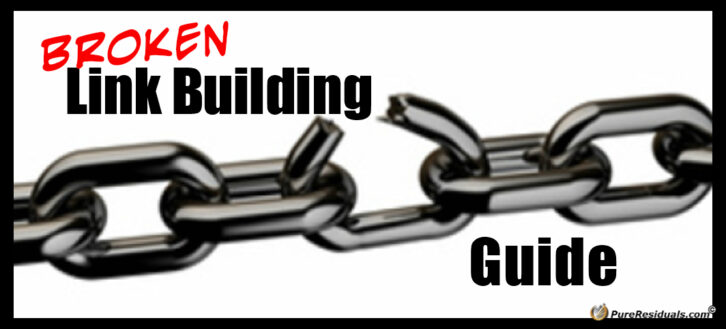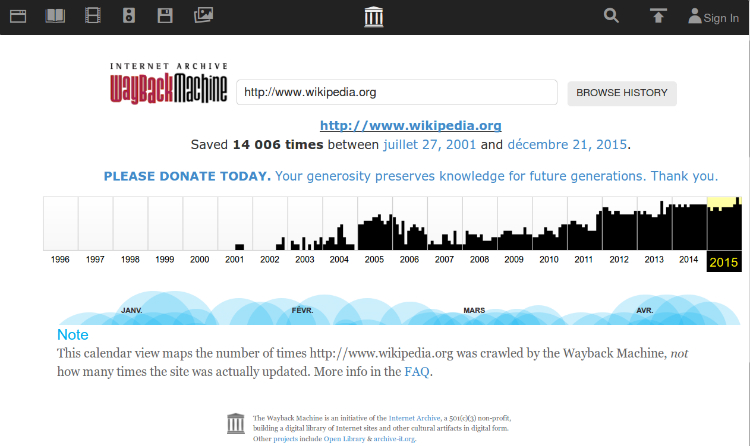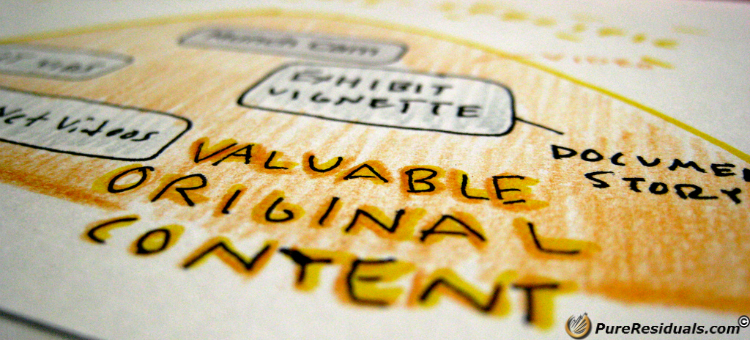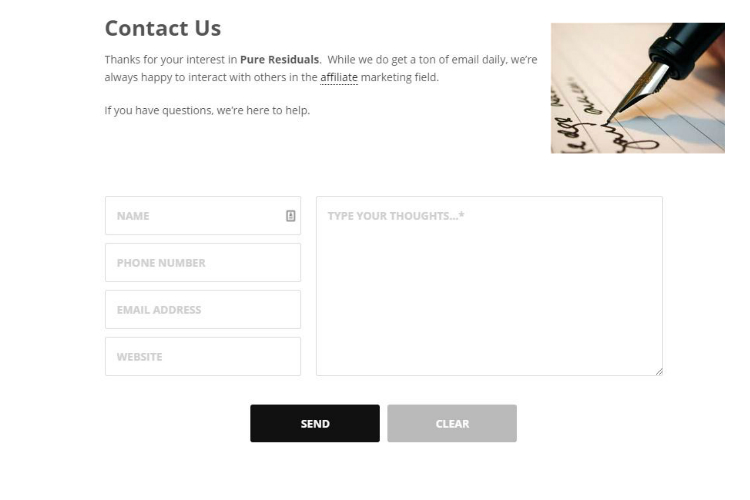Backlinks are important parts of any SEO strategy. Building and nurturing backlinks, though, is an art form in itself. Convincing other people to share your work or reference you is a challenge.
Building and nurturing backlinks is an art form in itself. Click To TweetLuckily, there’s a tactic called “broken link” building that can help to get you started.
This article is a quick guide introducing you to the concept, challenges, and benefits of broken link building. You might find it can become a useful, scalable tool in your SEO strategy for future ventures.
What is broken link building?
Broken link building is when you find a broken or dead link on a website, recreate the content on your site, and then let anyone who uses that link know they can link to you instead.
Broken links on websites create bad user experiences. Webmasters don’t want them there — they make the site look outdated by not keeping up to date on content. Readers feel frustrated they can’t access the information they thought they were going to get.
So the idea is, you present them a functioning link, and they swap out the broken link for yours. This, in turn, builds your backlinks.
It’s a mutually beneficial situation for everyone involved.
It’s actually very easy to find broken links that are relevant to your site. The tricky part is actually getting them replaced.
How do you find broken links?
To find the links, a simple Google search will do the trick. You can model your queries as such:
- Your keyword + links
- Your keyword(s) + resources
- Keywords inurl:links
This will come up with results which include links relevant to those keywords. To find out which of those links are broken, you can go through and manually click them all …
… or use the Google Chrome extension “Check My Links”. This will show all of the broken links on a given page. You just then compile a list of the ones that are relevant to your site and check what the content used to be.
How do you check missing content?
If the link is broken, how are you supposed to see what it was? What if the URL doesn’t give enough information?
There’s a website called Wayback Machine which will let you enter a URL and, if you’re lucky, show you a snapshot of that page from when it was active. This will let you see at least what the article was about and give you an idea of what the original author was referring back to.
If you can’t access the URL on Wayback Machine, you don’t have many options, I’m afraid. You’ll need to read the article with the broken link, the link URL, and context to work it out.
How do you replace missing content?
In the best case scenario, you’ll already have content on your page relevant to the broken link.
In the worst case scenario, you’ll need to make it from scratch.
Even the worst-case scenario isn’t that bad. It can even be a great way to discover relevant keywords and content to add to your site to build your content marketing. You might even discover long tail keywords or topics you hadn’t even thought of covering.
Make sure that the content you have is of good quality and already SEO optimized. Nobody’s going to want to fix a broken link with a bad one. If you present to them poor, spun articles that aren’t readable, you’re going to be ignored.
Another tip is to read the article or resource where you found the broken link and make sure your content is relevant to any specific elements they might refer to.
For example, you try to build a broken link for a parenting website. You’ve found a parenting blog with a broken link, where they link to an article called “Ten tips to raising toddlers” — but the specific part they reference from that article was about taking kids to the dentist.
Don’t just send or write an article about Ten Tips for Raising Toddlers. It needs relevant information.
How do you get broken links replaced?
There is, unfortunately, only one way to go about this:
Contact the webmaster, let them know directly that the link is broken, and suggest a replacement.
That’s all there is. You send out a politely worded email with the following details:
- Introduce yourself
- State that you’ve found a broken link on one of their articles. Be specific as to where this broken link is. If possible, record a video of you demonstrating the link isn’t working.
- Let the webmaster know you have an article which is not only similar in concept to the broken link but which contains the same information that they were specifically referencing. Again — if they linked somewhere talking about children’s dental visits, let them know your article contains this information.
The last suggestion is obviously facetious, but it’s unfortunately about all you can do. If you’re lucky, the webmaster will read the email, like your content, and fix the link. If not, they’ll ignore you.
But don’t get disheartened by a single failure. If one person referred to that site, it’s possible many people did. You can then search for references to that link on Google, and find who else has a broken link.
Broken Link Building: A quick recap
Broken link building is when you find broken links, find or create suitable replacement content, and let the author know they can refer to your new content. This is a form of backlink building.
It can be a little time consuming, and results can be hit or miss. But it’s an easy way to build a structure around trying to develop your backlinks, especially in the early days of an SEO strategy.












Thanks for sharing your thoughts on broken link building.
Regards